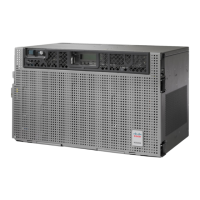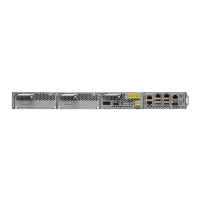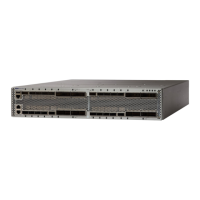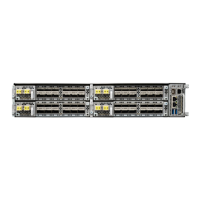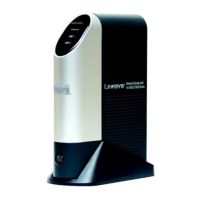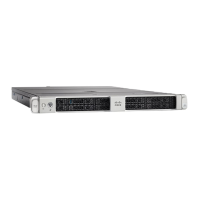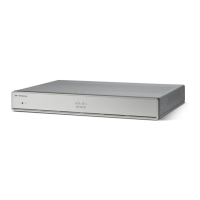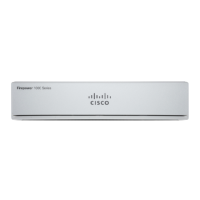Step 3 Using an optical test set, verify that a valid signal exists on the line and feeds the TRUNK-RX port.(For specific procedures
to use the test set equipment, consult the manufacturer.) Test the line as close to the receiving card as possible. If the
alarm condition does not clear, move to next step.
Step 4 Verify whether a bulk attenuator is specified in the Cisco TransportPlanner design. If so, verify that the proper fixed
attenuation value has been used.
Step 5 If the alarm does not get cleared, you need to report a Service-Affecting (SA) problem. Log into the Technical Support
Website at http://www.cisco.com/c/en/us/support/index.html for more information or log into http://www.cisco.com/c/
en/us/support/web/tsd-cisco-worldwide-contacts.html to obtain a directory of toll-free Technical Support numbers for
your country.
Step 6 Look for and troubleshoot any alarms reported by the DWDM cards belonging to the OCHNC circuit whose destination
is the faulty TXP/MXP. Possible alarms include: amplifier gain alarms (the GAIN-HDEG , on page 208 alarm, the
GAIN-HFAIL , on page 210 alarm, the GAIN-LDEG , on page 211 alarm or GAIN-LFAIL , on page 211 alarm); APC
alarms (the APC-CORR-SKIPPED , on page 119 alarm and APC-OUT-OF-RANGE , on page 120 alarm), OR LOS-P
alarms on the Add or Drop ports belonging to the OCHNC circuit.
If the alarm does not get cleared, you need to report a Service-Affecting (SA) problem. Log into the Technical Support
Website at http://www.cisco.com/c/en/us/support/index.html for more information or log into http://www.cisco.com/c/
en/us/support/web/tsd-cisco-worldwide-contacts.html to obtain a directory of toll-free Technical Support numbers for
your country.
LOS-O
Default Severity: Minor (MN), Non-Service-Affecting (NSA)
Logical Objects: OCH, OMS, OTS
The Incoming Overhead Loss of Signal alarm applies to the OSC-TX port of OPT-BST, OPT-AMP-C, or
OPT-AMP-17-C cards (LINE-1-RX), the OSC-RX internal optical port of OSC-CSM card (LINE-3-RX Port
3), and LINE-RX port of the 40-SMR1-C or 40-SMR2-C card. It is raised when the monitored input power
crosses the FAIL-LOW threshold associated to the OSC Power received. The is alarm is demoted if another
LOS alarm is also present.
Clear the LOS-O Alarm
SUMMARY STEPS
1. Verify fiber continuity to the port by following site practices. Refer to the Network Reference chapter
of the Configuration guide for a procedure to detect a fiber cut.
2. If the cabling is good, confirm that the LED is correctly illuminated on the physical card. A green
ACT/SBY LED indicates an active card. A red ACT/SBY LED indicates a failed card.
3. Display the optical thresholds by clicking one of the following tabs:
4. Verify that OSC Fail Low thresholds are correct according with Cisco TransportPlanner configuration
file. To identify the MP value:
5. If the port power is below the threshold, verify that OSC connections have been created on the other
side of the span. If the connections are not present, refer to the Configuration guide for procedures.
Cisco NCS 2000 series Troubleshooting Guide, Release 11.0
280
Alarm Troubleshooting
LOS-O
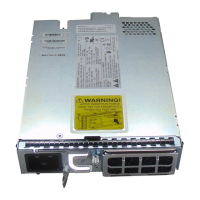
